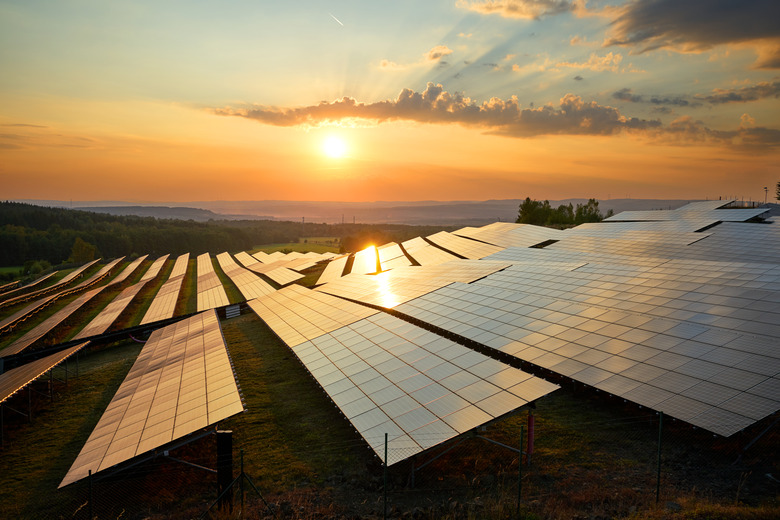How To Prevent A Greenhouse Effect
Every person alive can take steps to reduce their carbon footprint on the planet. You can drive an electric or hybrid car, only use light-emitting diode bulbs that reduce energy demands, recycle and eat local grown foods instead of shipped-in foods to lessen the noxious gases that contribute to global warming. Certain gases, like carbon dioxide and methane accumulate in the atmosphere and trap heat from the sun reflected by the Earth's surface. These gases act like the walls of a greenhouse by preventing the release of heat and causing global temperatures to rise.
Reduce Carbon Footprint Tips
Reduce Carbon Footprint Tips
NASA states that "In the past century alone, the temperature has climbed nearly 1 degree Celsius, roughly ten times faster than the average rate of ice-age-recovery warming." If the situation doesn't change, the planet is on track to increase 2 to 6 degrees C over the next century. Follow these tips to help lower these numbers:
- Set the thermostat 2 degrees lower in winter and
2 degrees higher in summer.
- Wrap an insulation blanket around the water
heater to conserve energy.
- Begin composting instead of discarding
vegetable and fruit debris.
- Avoid purchasing products that require a lot of
wasteful packaging materials.
- Add weatherstripping to windows and doors to conserve
energy.
- Turn down the water heater temperature to use less energy.
- Complete a home energy audit, which has a dual
effect: energy and money savings.
Conserve Energy
Conserve Energy
Almost half of the greenhouse gas emissions in the U.S. come from the production of electricity and other industrial process that rely on fossil fuel consumption. Turn off lights when you leave the room. Buy a programmable thermostat and wear a sweater instead of turning up the heat. Buy appliances with the Department of Energy's Energy Star label.
Public Transportation
Public Transportation
Since transportation accounts for nearly 30 percent of the greenhouse gas emissions, instead of driving, try carpooling with coworkers. You can also use public transportation, buses, trains and trams, walk or ride to reduce air pollutants. Reduce plane travel as much as possible, as airplane exhaust adds pollutants to the atmosphere.
Plant a Tree
Plant a Tree
Except at night, green plants and trees absorb carbon dioxide from the air, convert it to sugar for growth, and release oxygen back into the atmosphere. Deforestation releases stored carbon back into the atmosphere, so using wood and paper products sparingly can help to reduce the greenhouse effect.
Get Involved
Get Involved
When the government fails to put in place regulations that reduce greenhouse gas emissions, get involved. Contact state and federal senators and representatives by phone, letter or email. Ask them to ensure that the government recycles and reduces energy consumption. Regularly vote and choose representatives that support greenhouse gas reduction and adhere to scientific studies that prove global warming. Join an organization, contribute money or get involved in a local grassroots organization that can help make your voice heard and educate others.
Cite This Article
MLA
Cairoli, Sarah. "How To Prevent A Greenhouse Effect" sciencing.com, https://www.sciencing.com/prevent-greenhouse-effect-7947/. 17 April 2018.
APA
Cairoli, Sarah. (2018, April 17). How To Prevent A Greenhouse Effect. sciencing.com. Retrieved from https://www.sciencing.com/prevent-greenhouse-effect-7947/
Chicago
Cairoli, Sarah. How To Prevent A Greenhouse Effect last modified March 24, 2022. https://www.sciencing.com/prevent-greenhouse-effect-7947/
